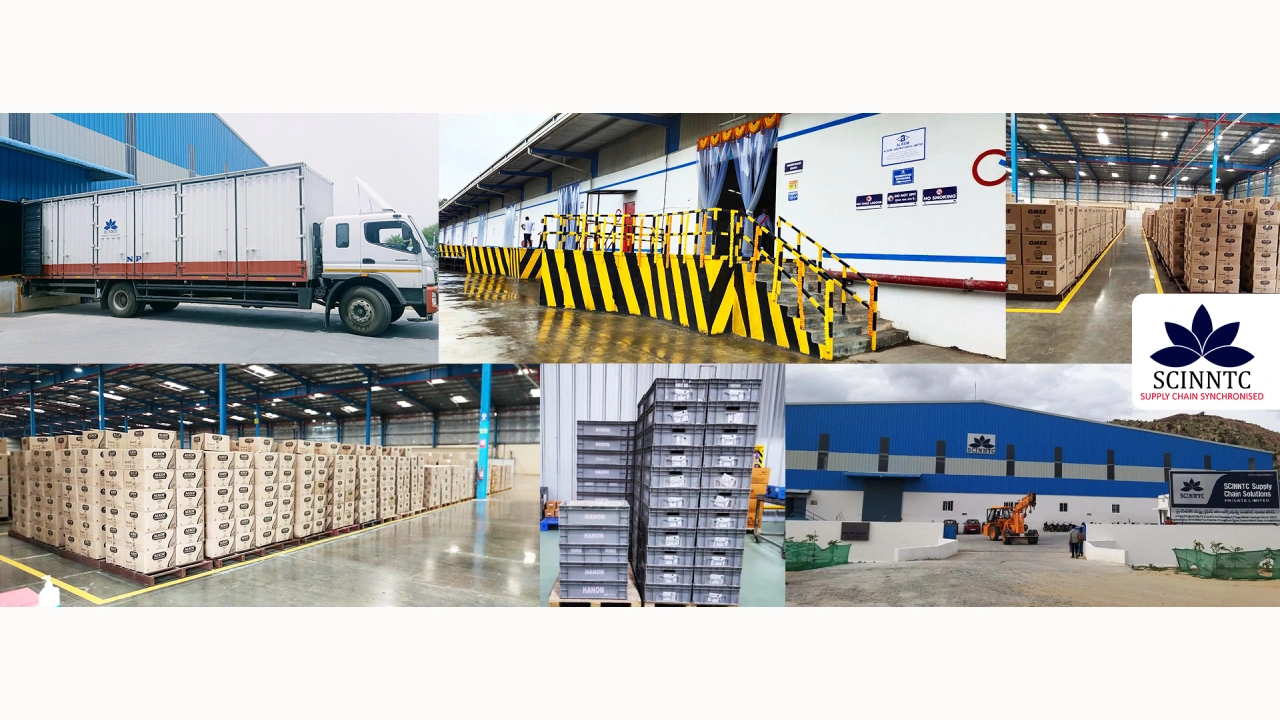
SCINNTC’s Excellence in Automotive Logistics and Innovation
SCINNTC, a subsidiary of NTC Group, manages an expansive 150,000 sq. ft. warehouse facility in Pennukonda, showcasing its expertise in efficient supply chain management. The facility maintains 225 SKUs (Stock Keeping Units) with virtually zero downtime in line feeding, demonstrating the company’s exceptional capability in ensuring seamless operations.
One of the most critical aspects of SCINNTC’s role is managing the line feeding of automobile parts, ensuring that components are delivered from the warehouse to the production line on time and without damage. This precision is essential to the smooth functioning of the automobile project, where any delay or mishandling could result in production halts or quality issues.
SCINNTC’s contributions go beyond traditional store management. The company has implemented innovative strategies to optimize processes and reduce inefficiencies. Key innovations include:
- Reduced Lead Time: SCINNTC focused on minimizing the lead time for delivering goods to both the warehouse and production line. By streamlining logistics processes, they ensured that the parts arrived promptly, supporting the Just-In-Time (JIT) manufacturing model crucial to the automotive industry.
- Service Innovation: The company achieved significant improvements in service by reducing scrap and damaged parts. Their stringent quality control processes ensured that components arrived at the production line intact, reducing waste and enhancing operational efficiency.
- Returnable Trolleys: SCINNTC introduced a system of returnable trolleys for transporting parts from the KIT to the production line on a JIT basis. This not only improved the speed and accuracy of line feeding but also contributed to a more sustainable and cost-effective logistics process.
Through these innovations, SCINNTC demonstrated its commitment to excellence and continuous improvement in logistics services. The company’s efforts have had a lasting impact on reducing operational lead times, minimizing waste, and improving overall efficiency, all while maintaining the high standards expected in the automotive industry.




